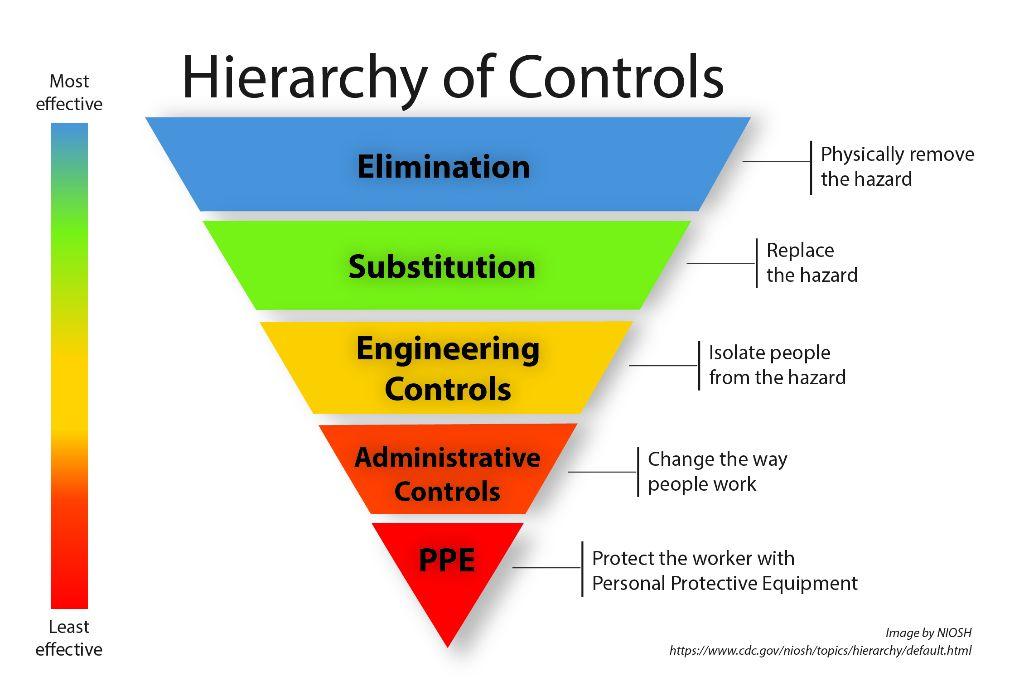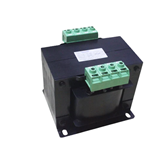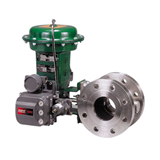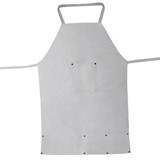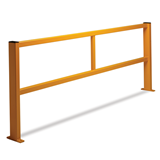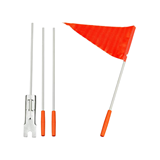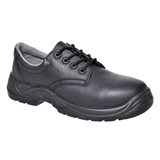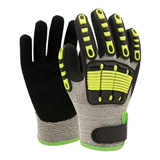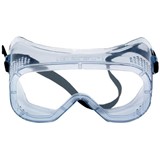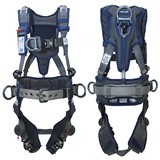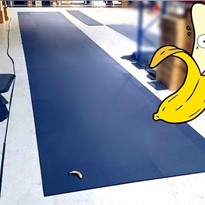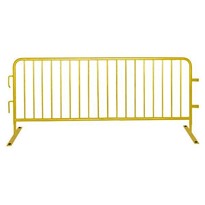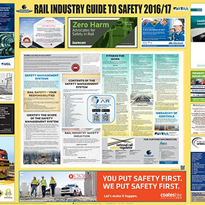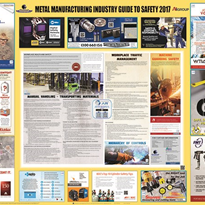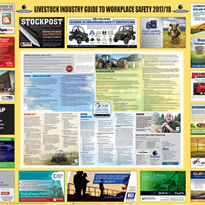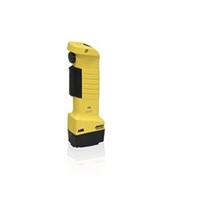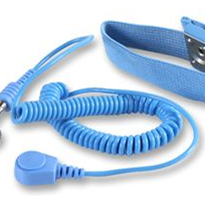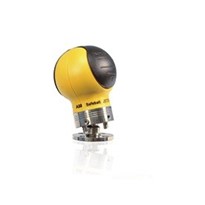The Hierarchy of Control is a framework widely used in the safety industry to manage and mitigate risks in the workplace. It provides a systematic approach for identifying and implementing control measures to minimize hazards and ensure the safety and well-being of workers. The hierarchy is typically presented as a pyramid, with each level representing a different control measure in order of effectiveness. Here is an explanation of the five levels of the Hierarchy of Control:
Elimination: The most effective control measure is to eliminate the hazard entirely. This involves removing the hazard from the workplace or the process. For example, replacing a hazardous chemical with a safer alternative or redesigning a task to eliminate the need for working at heights.
Substitution: If elimination is not feasible, the next level is substitution. This involves replacing the hazard with something less hazardous. For instance, using less toxic chemicals or replacing manual lifting with mechanical lifting equipment.
Engineering Controls: Engineering controls involve modifying the workplace or equipment to reduce exposure to the hazard. Examples include installing barriers, ventilation systems, or noise reduction measures. These controls aim to isolate workers from the hazard or reduce the risk.
Administrative Controls: Administrative controls focus on changing work practices and procedures to minimize exposure to hazards. This can include implementing safety policies, providing training and education, establishing safe work practices, and conducting regular inspections and audits.
Personal Protective Equipment (PPE): PPE is the final line of defense and includes items like helmets, gloves, safety glasses, and protective clothing. PPE is used when other control measures are not sufficient to eliminate or reduce the risk. However, it is considered the least effective control measure since it relies on individual compliance and may not entirely eliminate the hazard.
The Hierarchy of Control is designed to guide organizations in prioritizing control measures to eliminate or minimize workplace hazards. It emphasizes the importance of proactive risk management and encourages a systematic approach to creating a safe work environment. The goal is to work through the hierarchy, starting with the most effective controls, before resorting to less effective measures like PPE.


